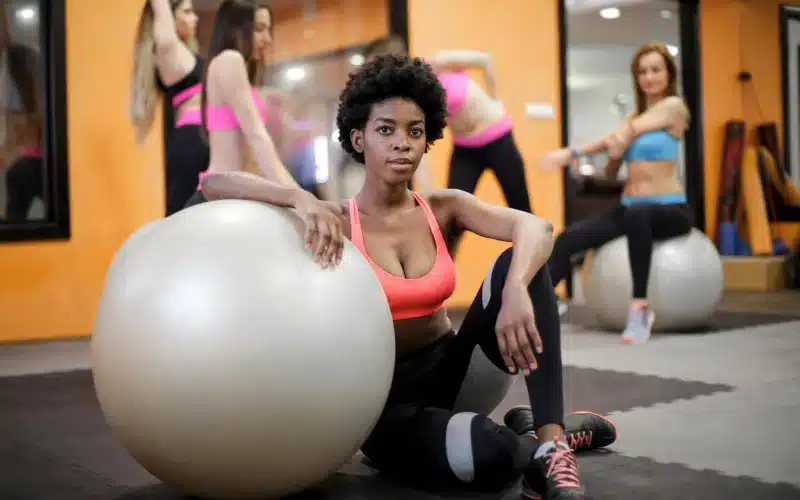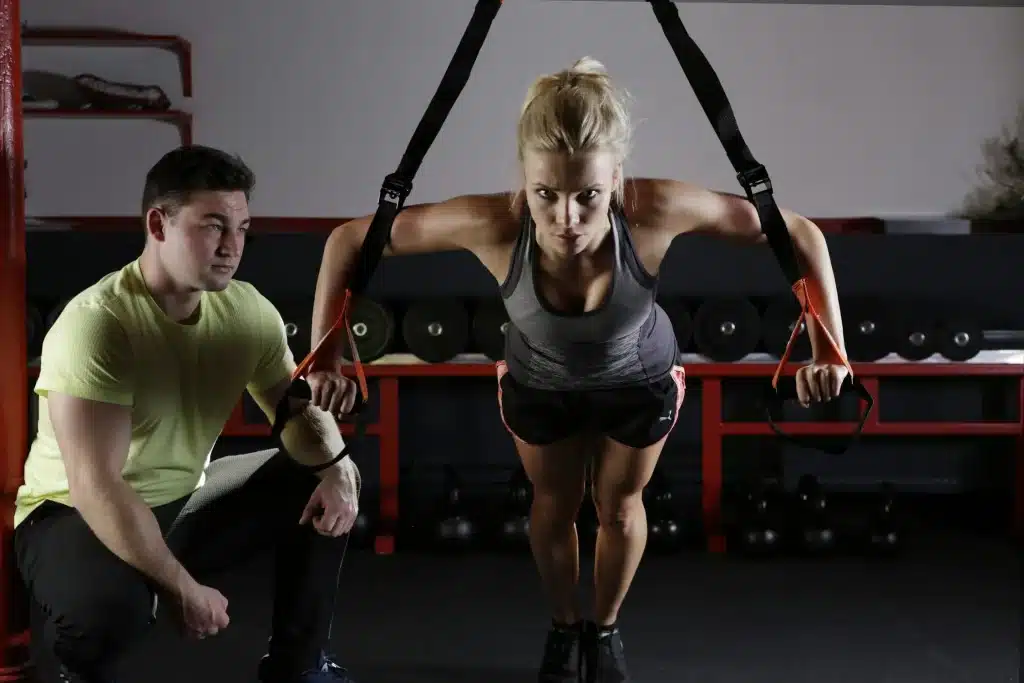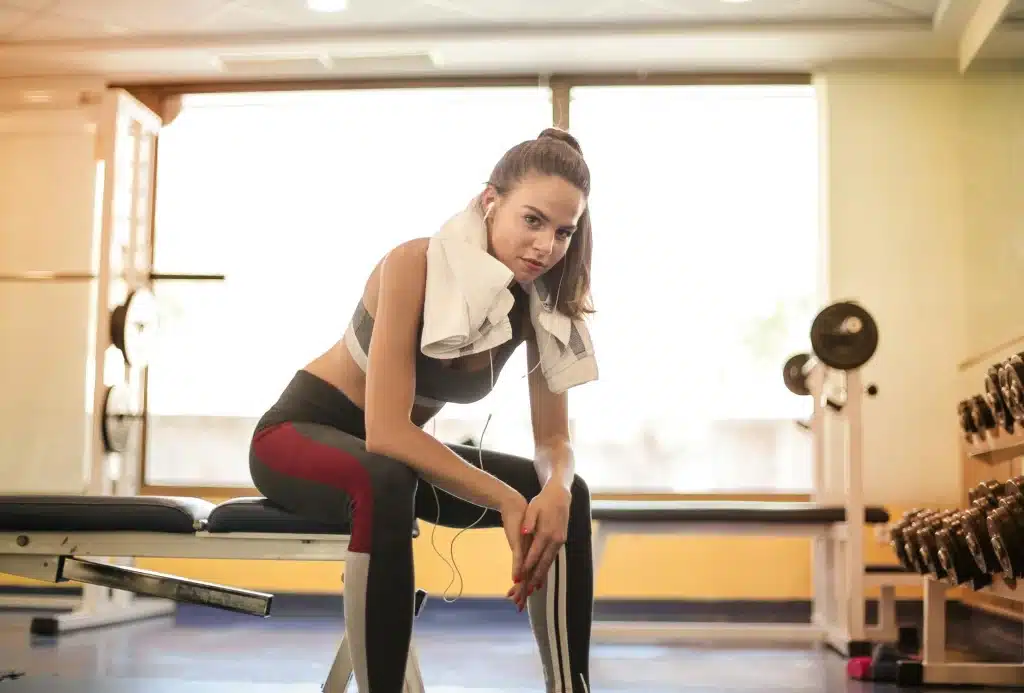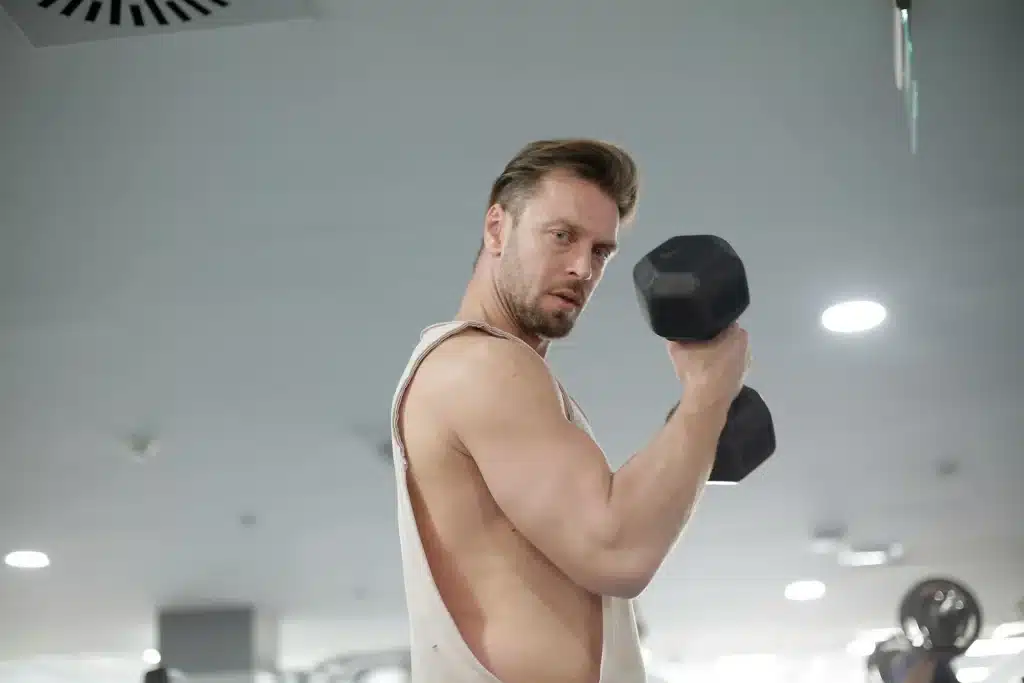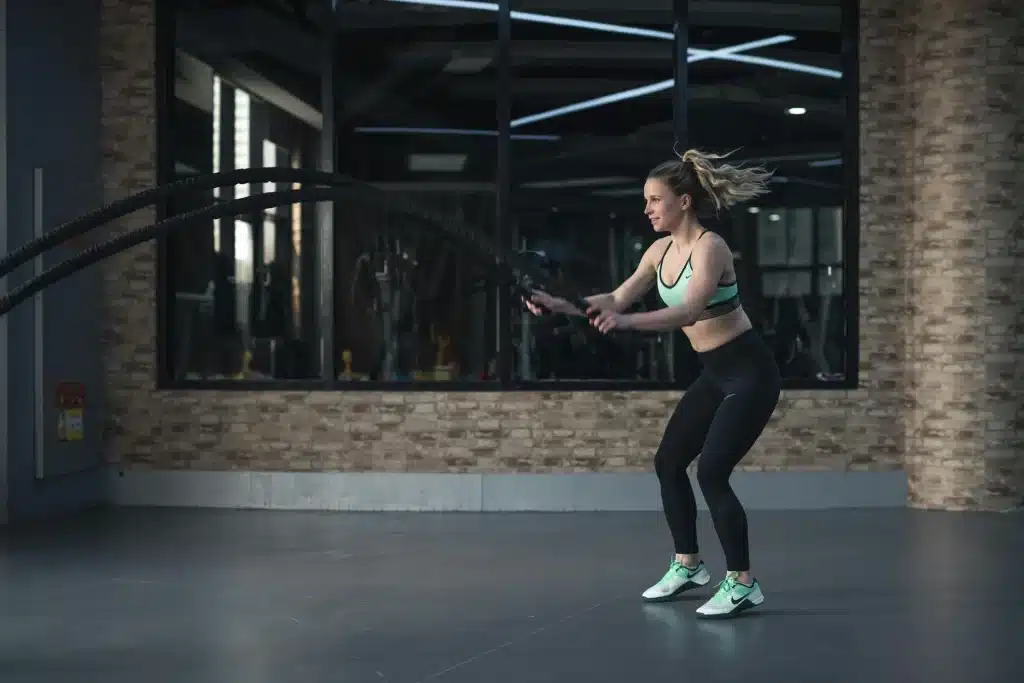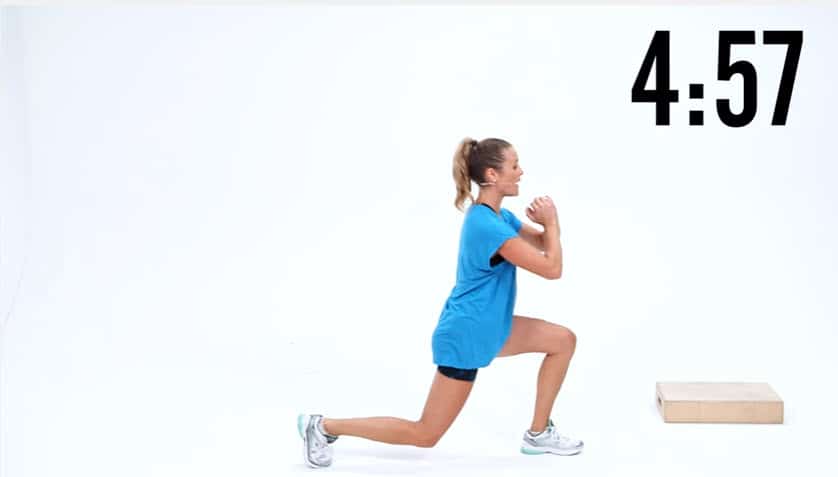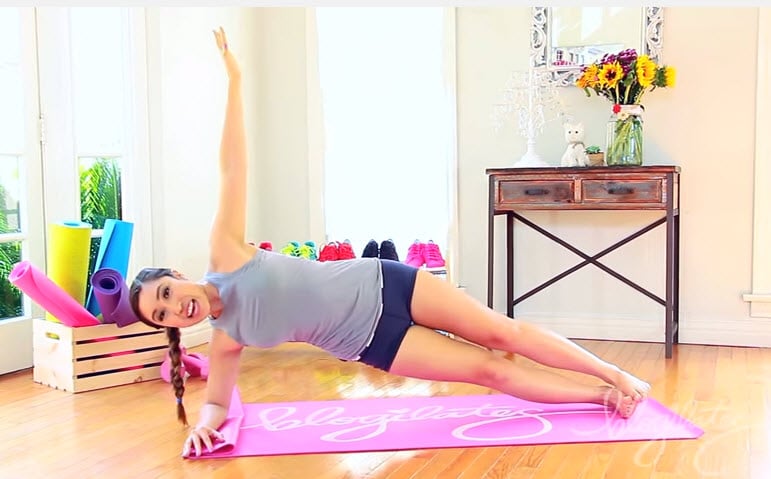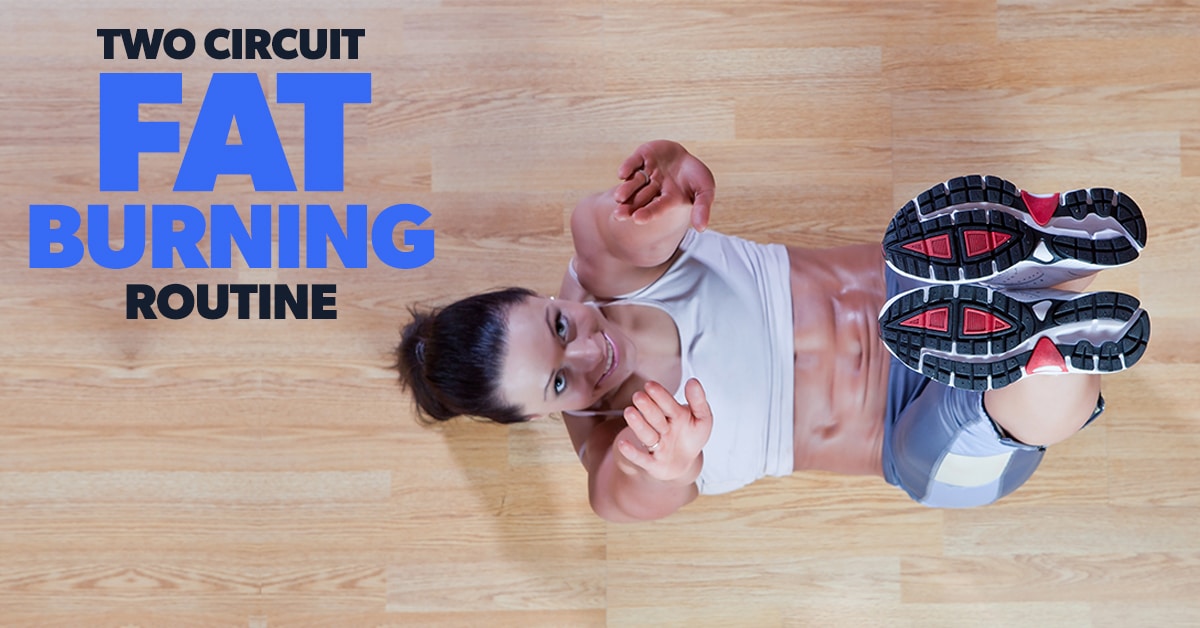Table of Contents
Achieving fitness goals often hinges not just on physical exertion but also on the power of mental strategies. Among these, visualization techniques stand out as particularly effective, bridging the gap between mind and body to enhance both motivation and physical performance. Visualization is more than mere daydreaming; it’s a focused practice where individuals imagine completing actions successfully, whether it’s running a marathon, lifting a personal best in the gym, or simply adhering to a regular workout schedule. The efficacy of such techniques is supported by a growing body of research suggesting that mental practices can almost be as beneficial as actual practice, and when both forms of practice are combined, they complement each other to improve overall performance significantly.
At the heart of successful fitness journeys, visualization serves as a crucial tool that enables individuals to see beyond the immediate effort, pain, and fatigue, focusing instead on the ultimate goal. Whether it’s envisioning crossing the finish line or picturing a healthier, stronger self, these mental images fuel perseverance and dedication. By incorporating visualization techniques into fitness routines, individuals can not only enhance their physical performance but also cultivate a more positive, resilient mindset.
Understanding Visualization in Fitness
Visualization in the realm of fitness transcends mere mental imagery; it’s a potent psychological tool that forges a robust link between mind and body, crucial for achieving peak physical performance. This technique involves vividly imagining achieving specific fitness goals, engaging not just the visual sense but also incorporating other senses to make the experience as real as possible. The practice is grounded in the principle that the brain, when it vividly imagines an action, activates in remarkably similar ways to when the body physically performs that action. This phenomenon, known as the mind-muscle connection, suggests that mental practices can enhance strength, improve motor skills, and increase the effectiveness of physical training.
There are primarily three types of visualization techniques employed in fitness: outcome visualization, process visualization, and motivational visualization. Outcome visualization focuses on the end goal, such as visualizing oneself crossing the finish line or achieving a new personal best in weightlifting. This form encourages a strong focus on the desired result, reinforcing motivation and the belief in one’s ability to achieve those goals.
Process visualization, on the other hand, concentrates on the steps required to reach those goals. It involves imagining the training process, the workouts, and the consistency needed, embedding the action plan deeply within the subconscious. This method helps in mentally preparing for the effort and challenges ahead, making the physical enactment of these steps feel more familiar and achievable.
Lastly, motivational visualization harnesses the power of visualizing the reasons behind fitness goals, such as improved health, confidence, or well-being. It taps into the emotional reservoirs that fuel motivation and discipline, making the fitness journey more meaningful and the goals more compelling.
By understanding and utilizing these visualization techniques, individuals can significantly enhance their fitness performance and motivation. The connection between mental imagery and physical performance illustrates the profound impact that our minds have on our bodies, highlighting the importance of a holistic approach to fitness that encompasses both mental and physical training strategies.
Techniques for Effective Visualization
Effective visualization is a skill that, when honed, can dramatically elevate fitness outcomes. By leveraging the power of the mind, individuals can enhance their physical training, overcome mental barriers, and stay fiercely motivated. Here, we explore three cornerstone visualization techniques: goal setting visualization, process visualization, and motivational visualization, each serving a unique purpose in the fitness journey.
Goal Setting Visualization
This technique involves vividly imagining the achievement of specific fitness goals. It’s not merely about seeing oneself at the finish line but experiencing the emotion, the sense of accomplishment, and the physical state associated with that moment. The key is to set SMART goals—specific, measurable, attainable, relevant, and time-bound—and visualize them down to the minutest detail. Whether it’s visualizing a slimmer physique, mastering a challenging yoga pose, or completing a marathon, the process involves immersing oneself in a future where these goals are already realized. This vivid mental rehearsal boosts confidence and reinforces the belief in one’s ability to achieve set goals.
Process Visualization
While goal setting visualization focuses on the outcome, process visualization is all about the journey. This technique requires imagining the daily routines, exercises, and actions needed to reach fitness objectives. It includes visualizing the workout, feeling the muscles contract and release, hearing the breath go in and out, and even experiencing the sweat on the skin. This method helps prepare mentally for the challenges ahead and makes the necessary actions to achieve goals feel more attainable. By repeatedly visualizing the process, individuals can improve their technique, increase their confidence, and reduce the anxiety associated with challenging workouts.
Motivational Visualization
Motivation can wane, especially when goals seem distant or obstacles become daunting. Motivational visualization is the antidote, tapping into the deep reasons behind fitness aspirations. This technique involves visualizing not just the goals themselves but the reasons why they matter. It could be visualizing playing with grandchildren without feeling winded, feeling confident at a high school reunion, or simply enjoying a healthier lifestyle. By connecting to the emotional and personal significance of fitness goals, this form of visualization fosters a resilient motivation that can sustain individuals through the highs and lows of their fitness journey.
Integrating these visualization techniques into a fitness routine can transform the way individuals approach their workouts and goals. For goal setting and process visualization, the best times are at the beginning of a workout to set the tone and post-workout to reinforce the connection between effort and outcome. Motivational visualization, however, can be practiced anytime, especially during moments of doubt or when facing obstacles.
To maximize the effectiveness of visualization, it’s crucial to practice regularly and with intention. Visualization should be as detailed and sensory-rich as possible, engaging all the senses to create a vivid and convincing mental experience. With patience and persistence, these visualization techniques can become a powerful tool in one’s fitness arsenal, paving the way to achieving and surpassing fitness goals.
Integrating Visualization into Your Fitness Routine
Incorporating visualization techniques into a fitness routine can significantly enhance both motivation and performance. To seamlessly integrate these practices, it’s essential to develop a systematic approach that aligns with personal fitness goals and daily schedules. Here are practical tips for embedding visualization into your fitness journey, ensuring it becomes a natural and impactful part of your regimen.
- Before Workouts: Begin each workout session with a few minutes of goal setting visualization. Close your eyes and vividly imagine achieving the day’s fitness objectives. Picture each exercise in detail, from the setup to the execution and the feelings of accomplishment that follow. This mental rehearsal primes the body for the workout ahead, enhancing focus and physical readiness.
- During Workouts: Process visualization plays a crucial role throughout the workout. For each set of exercises, take a moment to mentally rehearse the movements. Imagine the muscles working in harmony, the rhythm of your breathing, and the sensation of increasing strength or endurance. This focused imagery helps improve technique, reduces the risk of injury, and increases the efficacy of the workout.
- After Workouts: Post-workout is an ideal time for motivational visualization. Reflect on the workout you just completed and visualize the broader goals they contribute to. Connect the day’s efforts to your larger fitness aspirations, reinforcing the link between immediate actions and long-term objectives. This practice cultivates a sense of progress and purpose, essential for sustained motivation.
- Daily Practices: Beyond the confines of workout sessions, incorporate motivational visualization into your daily routine. Use quiet moments in the morning or before bed to remind yourself of your fitness goals and the reasons behind them. These daily reinforcements strengthen resolve and keep fitness goals top of mind.
Adapting these visualization techniques to fit individual needs and preferences is key. Whether it’s through shorter, more frequent visualization sessions or longer, in-depth mental rehearsals, the goal is to make visualization a consistent, rewarding part of your fitness journey. By doing so, you harness the full power of your mind to achieve and even exceed your physical fitness goals.
Success Stories: Visualization in Action
The transformative power of visualization in fitness is best illustrated through real-life success stories. Individuals from various backgrounds have turned their aspirations into achievements by incorporating visualization techniques into their fitness routines, demonstrating the profound impact of mental imagery on physical performance.
One such example is a marathon runner who, after repeatedly failing to break her personal best, turned to visualization. By vividly imagining herself running the perfect race, maintaining pace, and crossing the finish line with her desired time, she was able to make her goal a reality. This mental rehearsal not only prepared her for the physical demands of the race but also instilled a deep-seated belief in her ability to achieve her target.
Another inspiring story comes from a weightlifting enthusiast who overcame a plateau by using process visualization. By mentally practicing his lifts, focusing on the technique and the muscle engagement required for each movement, he not only improved his performance but also avoided injury, ultimately reaching new personal records.
A third example involves a fitness newcomer who struggled with motivation. Through motivational visualization, picturing the health benefits and the positive changes to her lifestyle, she found the drive to stick to her workout regimen. This consistent effort led to significant improvements in her health and well-being, proving that visualization can be a powerful motivator.
These stories underscore the efficacy of visualization techniques in reaching and surpassing fitness goals. They highlight how mental imagery, when used effectively, can enhance physical training, overcome obstacles, and lead to remarkable achievements in fitness.
Challenges and Solutions
Adopting visualization techniques in fitness, while highly beneficial, can present challenges, particularly for beginners. Understanding these obstacles and knowing how to overcome them can make the integration of visualization into fitness routines smoother and more effective.
A common challenge is skepticism. Some may doubt the efficacy of visualization, questioning how mental imagery can impact physical performance. The solution lies in education and experimentation. Learning about the scientific basis behind visualization and giving it a fair trial can turn skepticism into belief as the benefits become apparent.
Another hurdle is difficulty in maintaining focus during visualization. The mind may wander, reducing the effectiveness of the practice. To combat this, it’s helpful to start with short, guided visualization sessions, gradually increasing the duration as concentration improves. Utilizing guided imagery recordings or working with a coach can also provide structure and enhance focus.
Additionally, some individuals struggle to create vivid, detailed visualizations. This can be improved by engaging all senses when imagining a scenario, not just sight. Incorporating sounds, smells, and physical sensations makes the visualization more realistic and impactful. Practice is key; like any skill, the ability to visualize vividly improves with regular exercise.
Lastly, finding the time for visualization in a busy schedule can be challenging. The solution is to integrate it seamlessly into daily routines—visualizing while stretching, during quiet moments in the morning or evening, or even while commuting. Making visualization a consistent, non-negotiable part of the day ensures it doesn’t get overlooked.
By addressing these challenges with practical solutions, individuals can fully harness the power of visualization to enhance their fitness journey.
Conclusion: Visualization Techniques for Fitness
The journey to fitness success is as much a mental endeavor as it is physical. Through the strategic application of visualization techniques, individuals can unlock unprecedented levels of motivation, discipline, and performance. By vividly imagining their goals, the process to achieve them, and the motivation driving their efforts, they prepare not only their bodies but also their minds for the challenges and triumphs ahead.
The stories of those who have harnessed the power of visualization underscore its effectiveness. Yet, as with any technique, the path to mastery involves overcoming skepticism, enhancing focus, and making visualization a consistent practice. The rewards, however, far outweigh the challenges, offering a transformative tool that can elevate any fitness regimen.
As you continue or begin your fitness journey, remember the potential that lies within the power of your own mind. Visualization is not just about seeing the end goal but about believing in the possibility of its achievement. Experiment with different visualization techniques, find what resonates with you, and integrate it into your daily routine. The success you can achieve, powered by the synergy of mind and body, might just surprise you.
Discover more insights and tips to elevate your fitness journey—subscribe now at Eat Fit Fuel.
Further Reading
For those looking to maximize their workout results through innovative visualization techniques, here are several resources that can provide further reading and exploration:
- Journaling for Self-Improvement and Fitness Success: Benjamin Hardy’s article on Medium discusses the transformative power of journaling for personal growth and achieving fitness goals. By crystallizing and clarifying your ideas, affirming your goals, and making strategic plans, journaling can be a critical tool in visualization and achieving fitness success. Read more on Medium.
- Data Analysis & Visualization Bootcamp Experience: Chris Nguyen shares his review of the UT Austin Data Analysis & Visualization Bootcamp on LinkedIn, offering insights into how data analysis and visualization skills can be applied across different fields, including fitness, for maximizing outcomes and success. Read Chris Nguyen’s review on LinkedIn.
- Using the Apple Watch for Fitness Tracking: An article on TidBITS by Josh Centers discusses how embracing the Apple Watch as a fitness tracker, despite its software limitations, can aid in monitoring and improving workout results. The integration of different apps to interpret sensor data can serve as an excellent example of using technology for visualization in fitness. Discover how on TidBITS.
